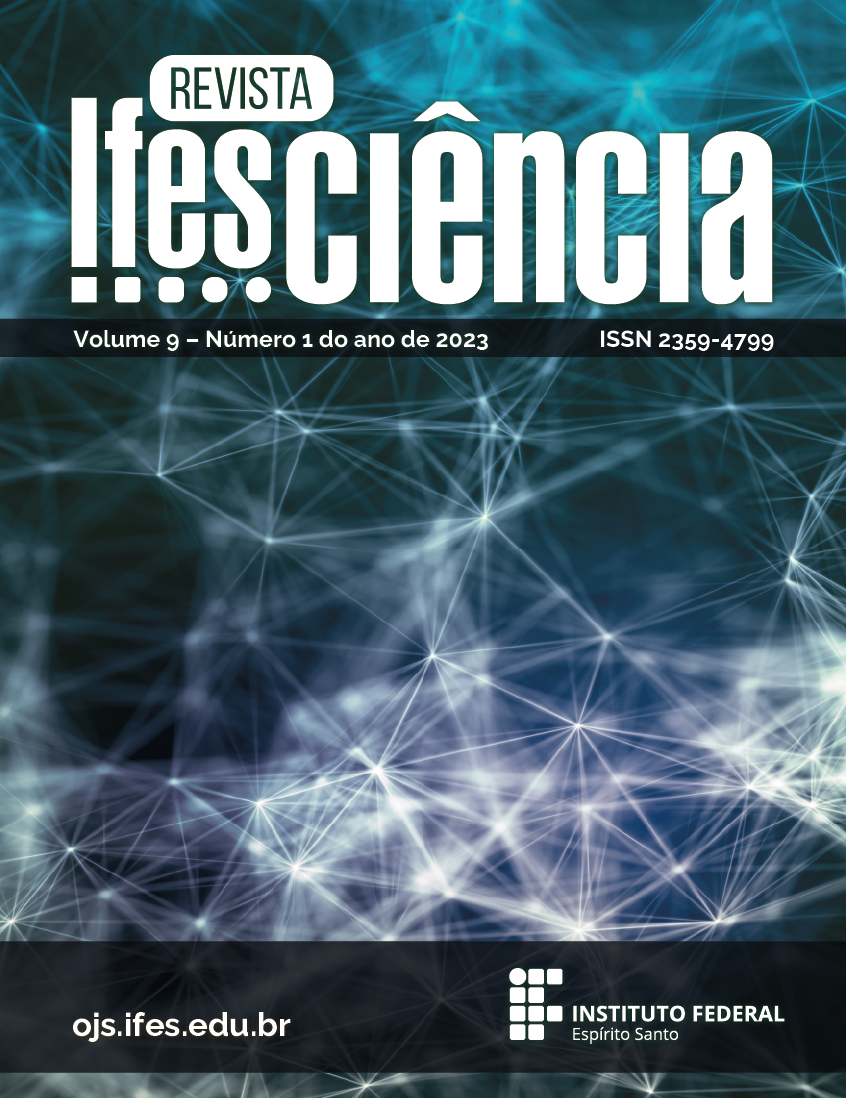QUALITY CONTROL OF BLENDS DIESEL:BIODIESEL USIN A SMARTPHONE
DOI:
https://doi.org/10.36524/ric.v9i1.1833Keywords:
biodiesel, smartphone, photometrix, image, PLSAbstract
The use of electronic devices can be an innovative alternative to ensure quality and safety in chemical analysis. There are numerous reports depicting fraud or adulteration of food, beverages, documents, fuels, among other matrices. Cases of fraud and tampering are commonplace and occur sharply in several countries. Therefore, the quality control of these products is of paramount importance and studies must be carried out constantly to monitor the sophistication of these frauds/adulterations. Some classic methods can be subjective and have little selectivity, so analyses that ensure reliability, simplicity and low operating cost are essential for monitoring the authenticity of these products. Thus, we can report to colorimetric analyses involving the RGB system related to chemometric analysis of images (MIA) associated with smartphones that see being used in several areas such as agriculture, medicine, forensic chemistry, among others. Therefore, the work proposes a new methodology for the quantification of biodiesel in diesel/biodiesel mixtures using thin layer chromatography (CCD) combined with chemometric treatments with smartphone application. In the study, the application instruments, type of support, mobile phase, pattern volume/sample and means of revelation of the chromatographic plate were evaluated, in addition to relating the results obtained with the reference method (infrared spectroscopy in the region of the next) by statistical test. The results obtained show the potential of the use of digital images as a means for biodiesel quantification, since they presented excellent values of R², RMSEC, LD and LQ (0.97; 0.77; 2.6; 0.08 and 0.26% m/m).
Downloads
Published
Issue
Section
License
Copyright (c) 2023 Revista Ifes Ciência

This work is licensed under a Creative Commons Attribution-NonCommercial-NoDerivatives 4.0 International License.
Autores que publicam nesta revista concordam com os seguintes termos:
- Autores mantém os direitos autorais e concedem à revista o direito de primeira publicação, com o trabalho simultaneamente licenciado sob a Licença Creative Commons Attribution que permite o compartilhamento do trabalho com reconhecimento da autoria e publicação inicial nesta revista.
b. Autores têm permissão e são estimulados a publicar e distribuir seu trabalho online (ex.: em repositórios institucionais ou na sua página pessoal) a qualquer ponto antes ou durante o processo editorial, já que isso pode gerar alterações produtivas, bem como aumentar o impacto e a citação do trabalho publicado (Veja O Efeito do Acesso Livre).



